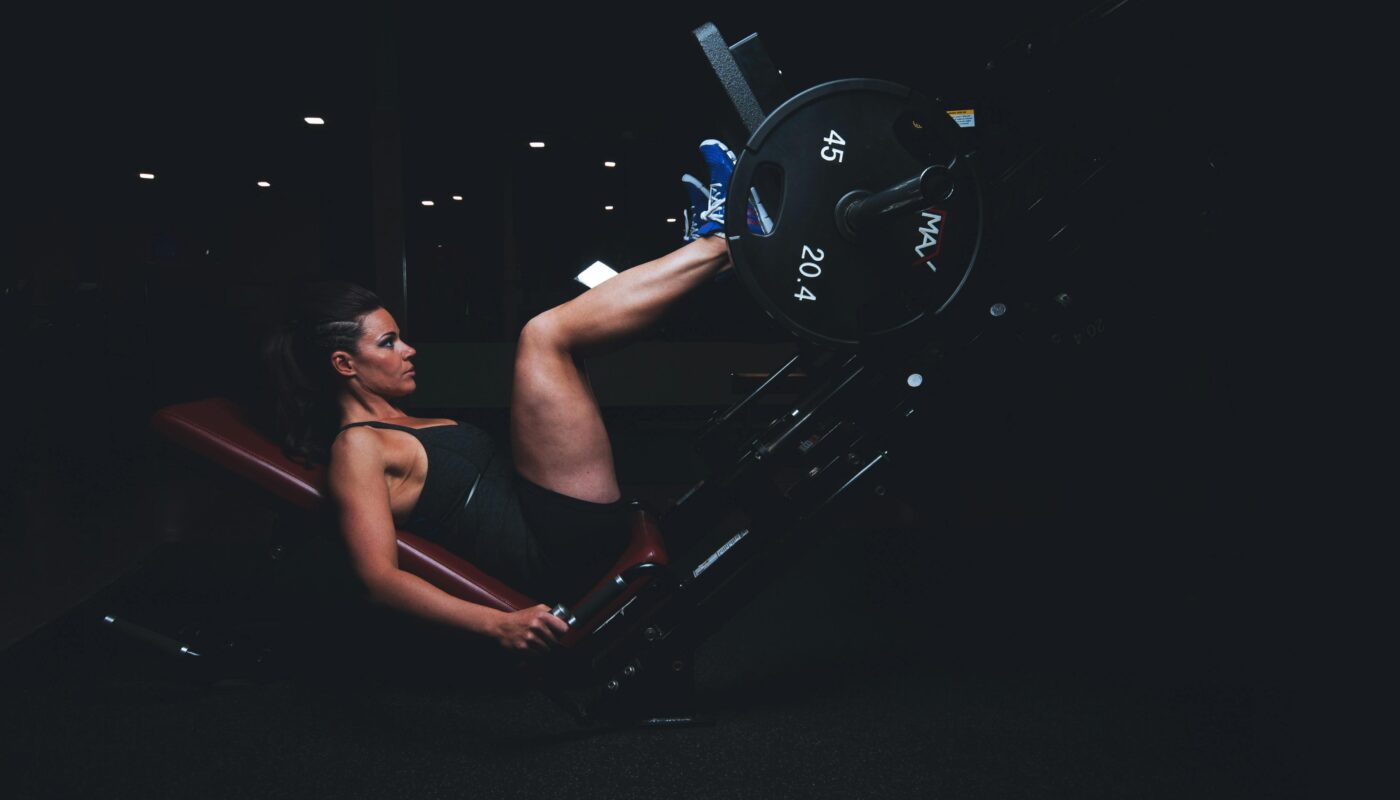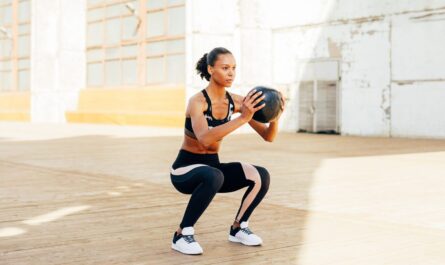Understanding Gym Anxiety
What Is Gym Anxiety?
Gym anxiety—often referred to as “gymtimidation”—describes the uneasy feelings of being judged, making mistakes, or not belonging in a fitness space. It can manifest as sweaty palms, muscle tension, or avoidance behaviors such as skipping workouts altogether. Many experience it as a type of situational anxiety, triggered by the unfamiliar environment, complex equipment, or social comparisons.
Prevalence and Common Triggers
Gym‑related anxiety is a widespread subset of social anxiety. Common triggers include:
- Being a beginner and fearing judgment about one’s fitness level
- Switching to a new gym and facing unfamiliar layouts or locker rooms
- Difficulty using certain machines or equipment adjustments
- Crowded facilities, especially during peak hours
- Gender‑specific intimidation, such as women in a male‑dominated weight room
Recognizing your personal anxiety triggers is the first step toward addressing them effectively.
Preparing Mentally
Setting Realistic Goals
Unrealistic fitness targets can amplify anxiety, leading to frustration or burnout. Instead, establish SMART goals—Specific, Measurable, Achievable, Relevant, Time‑bound—that align with your lifestyle and starting point. Breaking down long‑term aspirations (e.g., “bench press 100 lbs by December”) into short‑term milestones (e.g., “add 5 lbs every two weeks”) fosters a sense of control and progress.
Visualization and Positive Affirmations
Visualization techniques—mentally rehearsing successful workouts—can prime your brain for confidence and reduce anticipatory anxiety. Pair this with positive self‑talk: replace “Everyone’s staring at me” with “I’m here to improve my health,” which shifts focus from judgment to personal growth.
Building Knowledge and Confidence
Learning Proper Form
Invest time in mastering basic movement patterns—squats, lunges, presses—in a low‑pressure setting, such as a home workout or a private session. Understanding proper form not only prevents injury but also increases self‑assuredness when using similar equipment in the gym.
Familiarizing with Equipment
Fear of the unknown can be alleviated by touring the gym, reading equipment manuals, or watching tutorial videos. Many gyms offer free orientations or virtual walkthroughs—take advantage of these resources to demystify machines and layout.
Starting Gradually
Beginner‑Friendly Classes
Group fitness classes designed for novices, such as “Intro to Strength” or “Foundations Yoga,” provide structured workouts led by an instructor. Exercising alongside peers of similar ability can build camaraderie, reduce self‑consciousness, and offer a clear roadmap for movement.
Personal Trainer Sessions
Even a single session with a certified personal trainer can fast‑track your comfort level by introducing you to fundamental exercises, equipment setup, and workout programming. Trainers tailor guidance to your goals, empowering you to tackle subsequent gym visits with autonomy and decreased anxiety.
Creating a Comfortable Environment
Choosing Off‑Peak Hours
Gyms during mid‑morning (10 AM–12 PM) or late evening (8 PM–10 PM) typically have fewer members, offering a quieter atmosphere to learn and practice without feeling watched. Call ahead or use your gym’s app to verify attendance trends so you can plan visits during less crowded times.
Working Out with a Friend
A workout buddy provides moral support, accountability, and shared exploration of new machines. Exercising with someone you trust turns gym visits into social outings, which can significantly reduce apprehension.
Mindfulness and Stress Reduction Techniques
Breathing Exercises
Diaphragmatic (belly) breathing engages the diaphragm to lower heart rate and cortisol levels, mitigating physical symptoms of anxiety. Practice inhaling for four counts, pausing, then exhaling for six counts to center yourself before or during workouts.
Mindful Movement
Incorporate mindful pauses between sets: focus on the sensation of muscle engagement, breathing rhythm, and present surroundings. This technique enhances body awareness, reduces ruminative thoughts, and can transform workouts into meditative experiences.
Focusing on Personal Progress
Tracking Small Wins
Document your workouts—weights lifted, distances run, classes completed—in a training log or app. Celebrating incremental improvements, like adding one more rep or increasing treadmill incline, reinforces positive habits and highlights how far you’ve come.
Using Fitness Apps
Modern fitness apps offer progress charts, reminders, and community challenges that keep you motivated and accountable. Apps like Fitbod (AI‑generated workouts) and Stronglifts 5×5 (compound focus) guide beginners through customized routines, reducing uncertainty and boosting confidence.
Seeking Support and Community
Online Communities
Virtual fitness platforms and social media groups provide judgment‑free spaces to ask questions, share milestones, and find peer encouragement. Engaging online before in‑person workouts can ease the transition to gym spaces by building familiarity with terminology and routines.
In‑Gym Groups and Challenges
Many gyms host small‑group training sessions or fitness challenges (e.g., “30‑Day Squat Challenge”) that foster camaraderie and structured progression. Being part of a group aligns individual efforts with collective goals, often resulting in increased adherence and stress reduction.
Professional Help if Necessary
Counseling or Therapy
If gym anxiety persists despite self‑help strategies, consider consulting a mental health professional specializing in anxiety or performance coaching. Cognitive Behavioral Therapy (CBT) techniques can reframe negative thought patterns and equip you with coping skills for social and situational anxiety.
Group Therapy and Support
Support groups—whether focused on anxiety, body positivity, or fitness—offer a space to share experiences, exchange tips, and feel less isolated in your journey. Many community centers and clinics facilitate group sessions aimed at conquering social fears, including gymtimidation.
Conclusion: Embrace Your Journey
Overcoming gym anxiety is a process of small, consistent steps: understanding your triggers, planning effectively, and leveraging support systems. Remember that every seasoned gym‑goer was once a beginner, and confidence grows with each successful workout. By combining realistic goal‑setting, mental preparation, knowledge‑building, mindfulness, and community, you’ll transform any fitness space into your personal arena for health and empowerment.
You belong in every gym you choose to enter—step through those doors knowing you have the tools to thrive.



